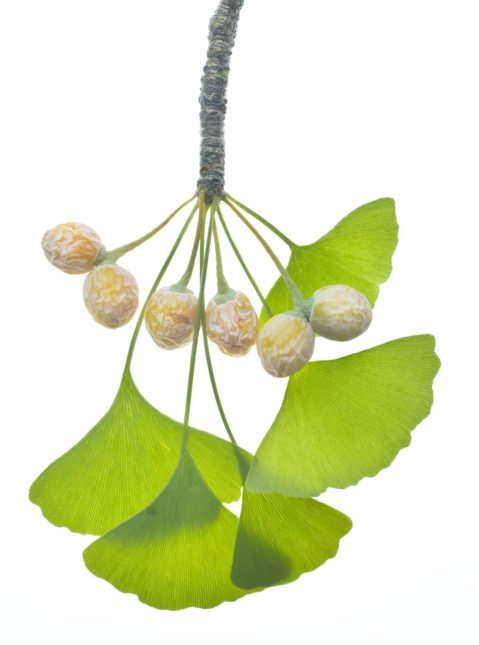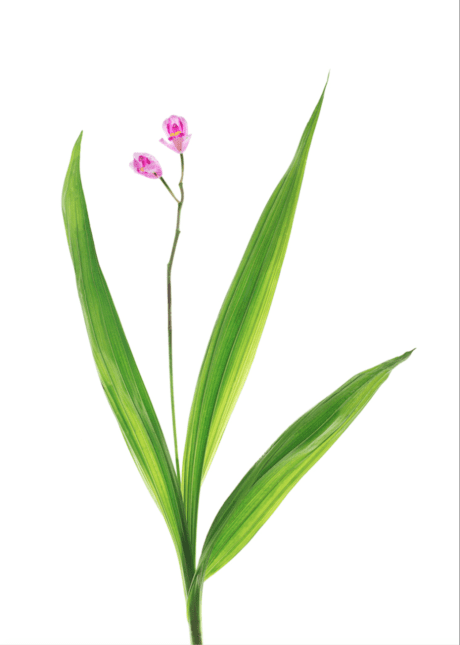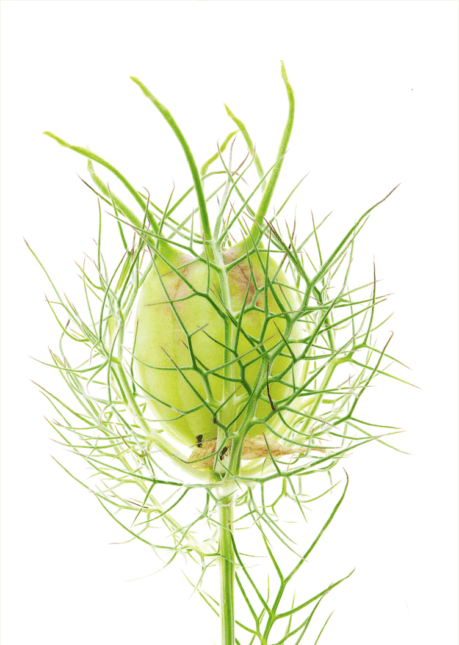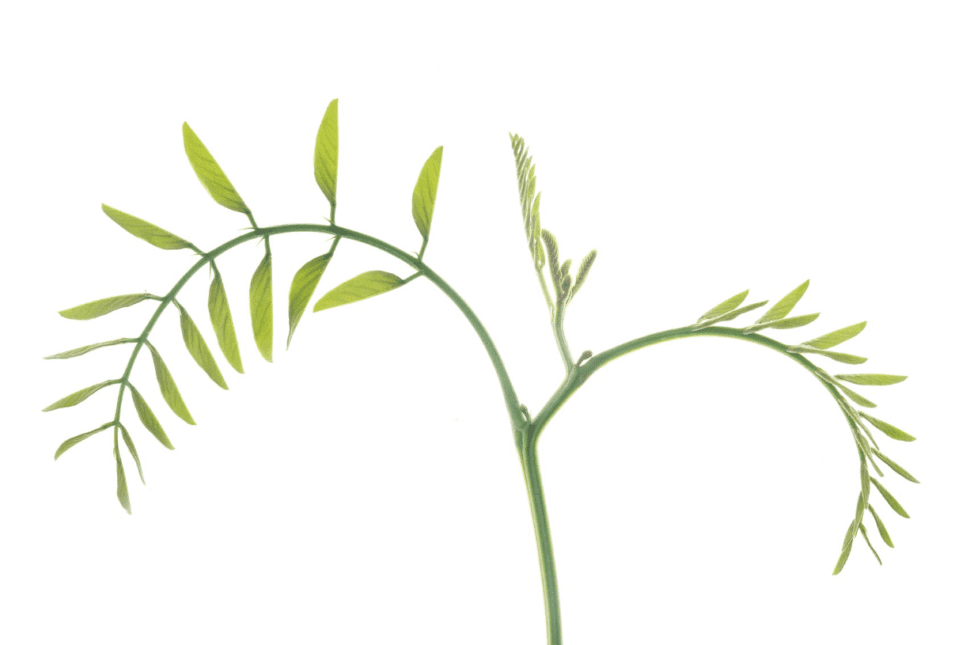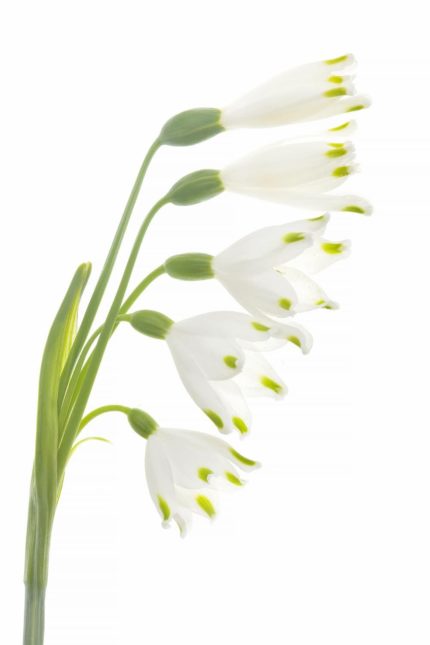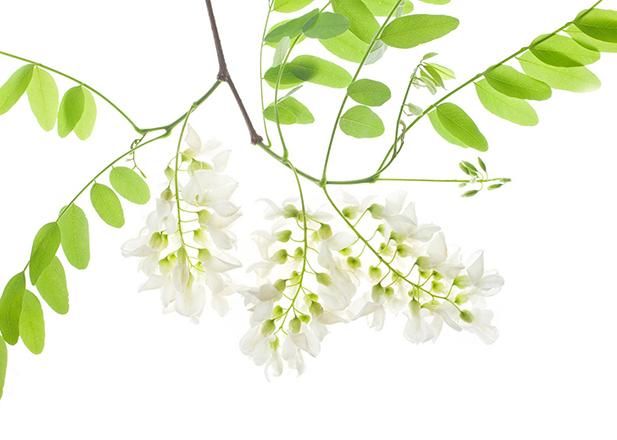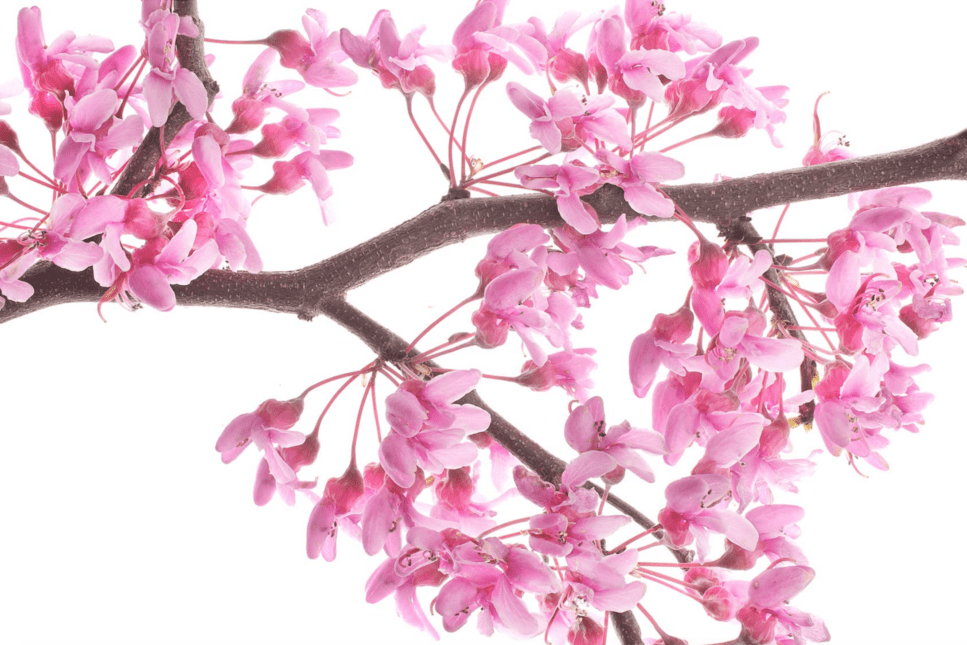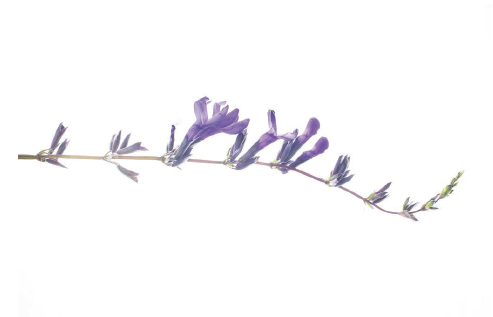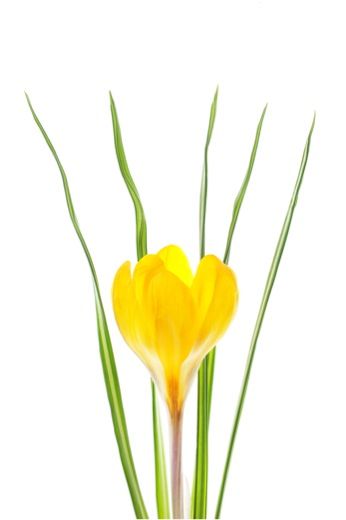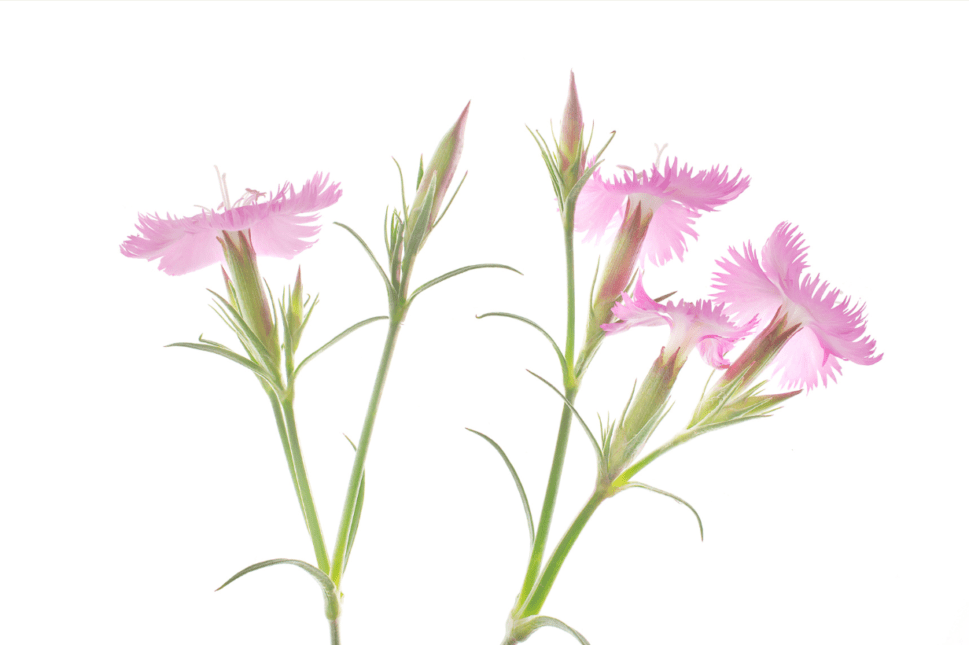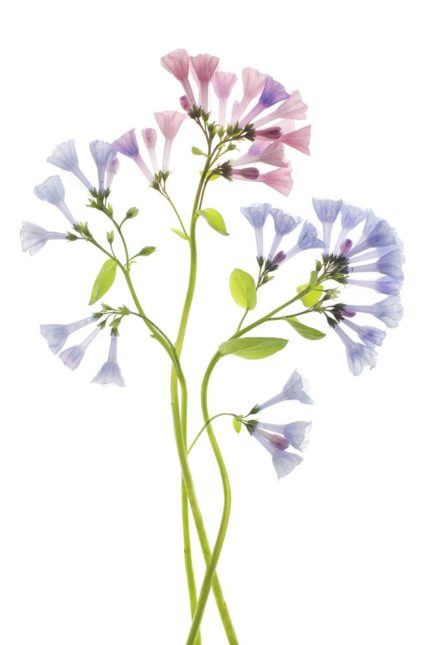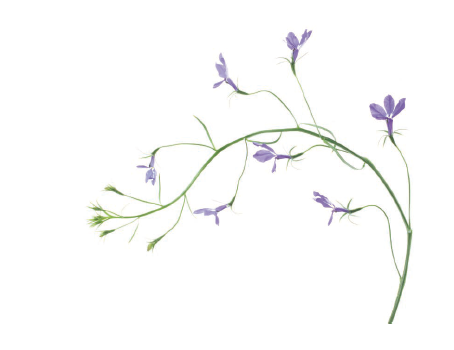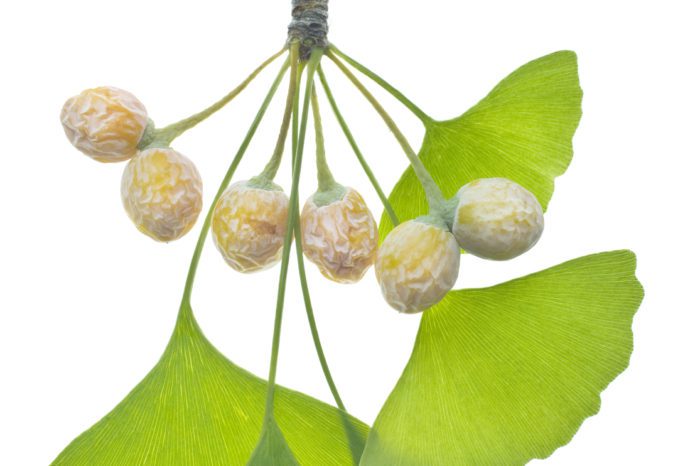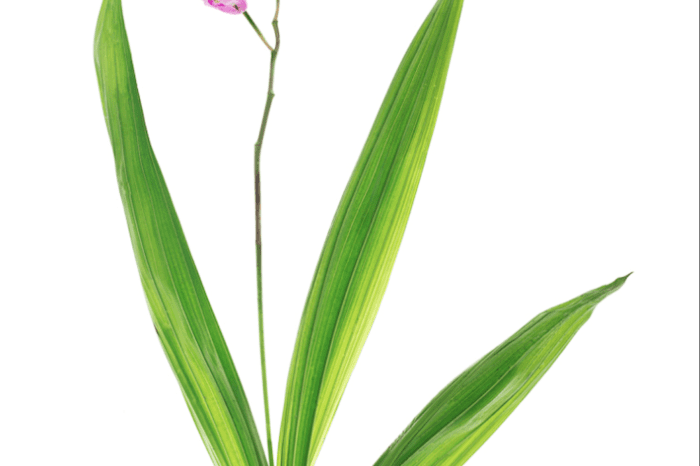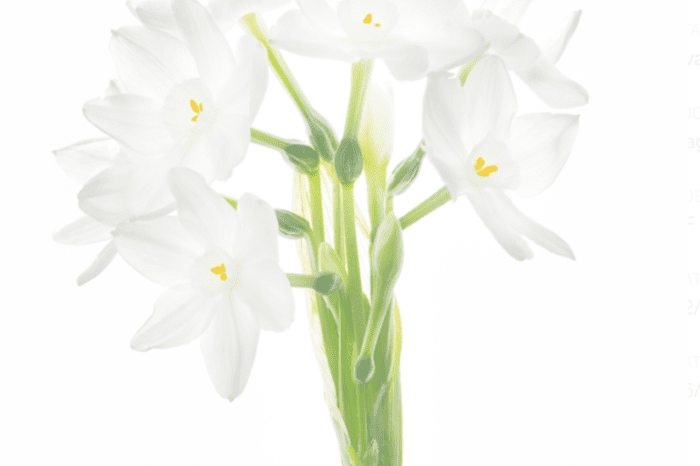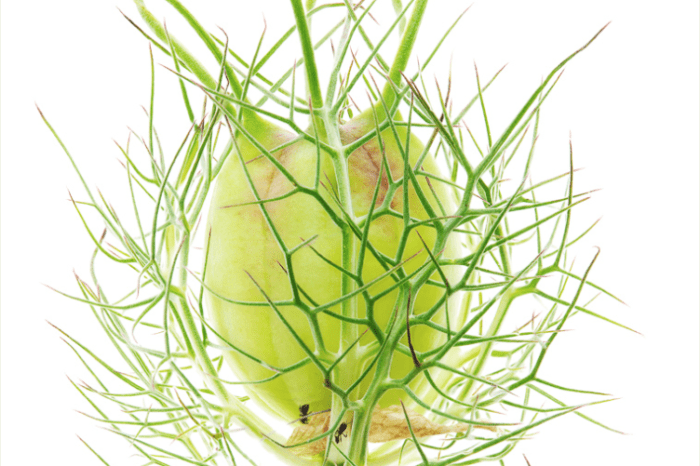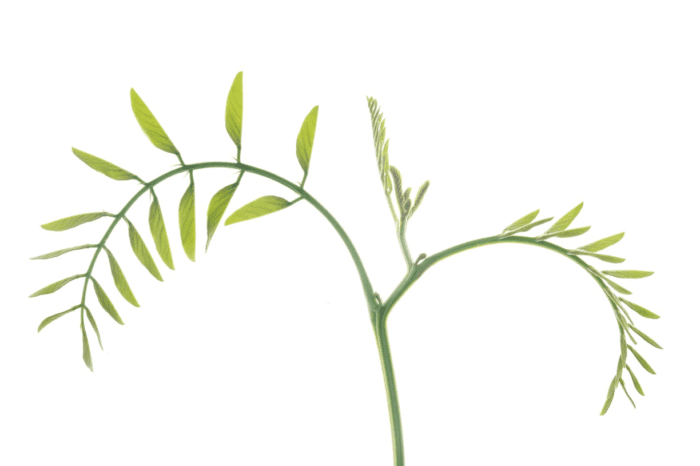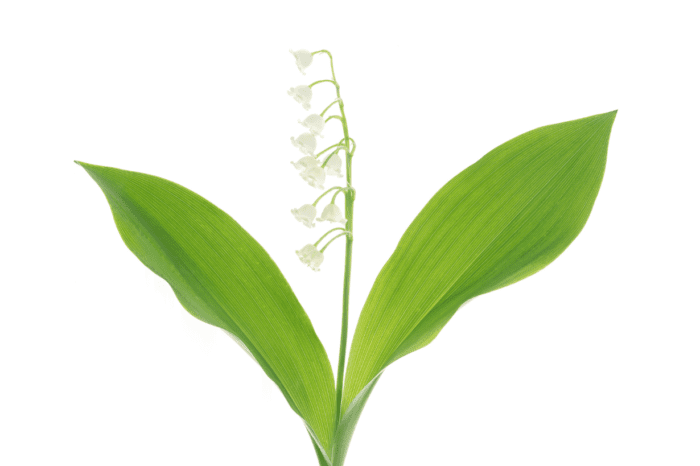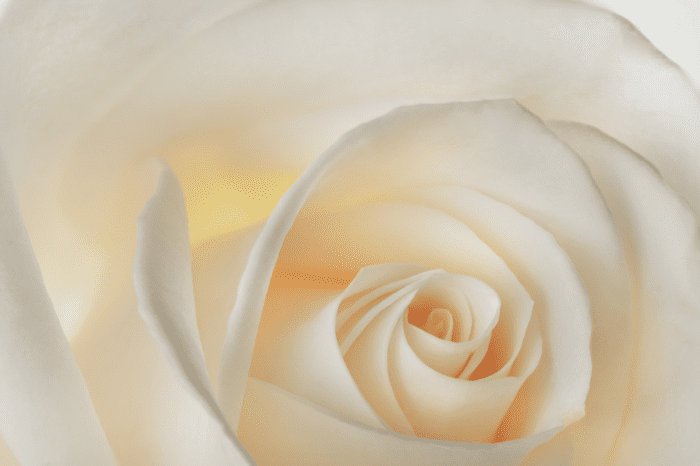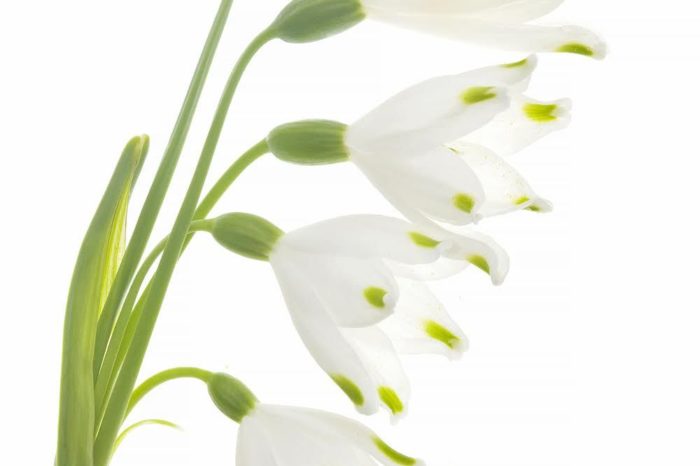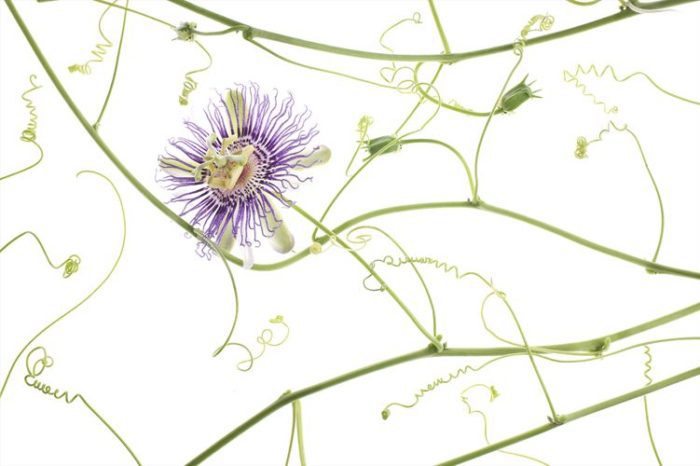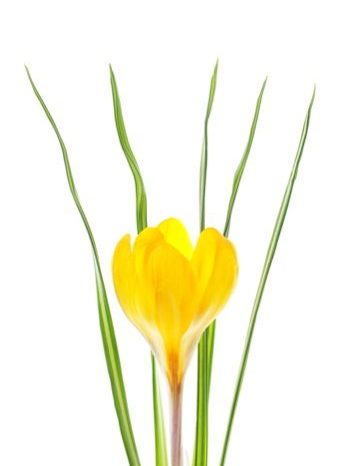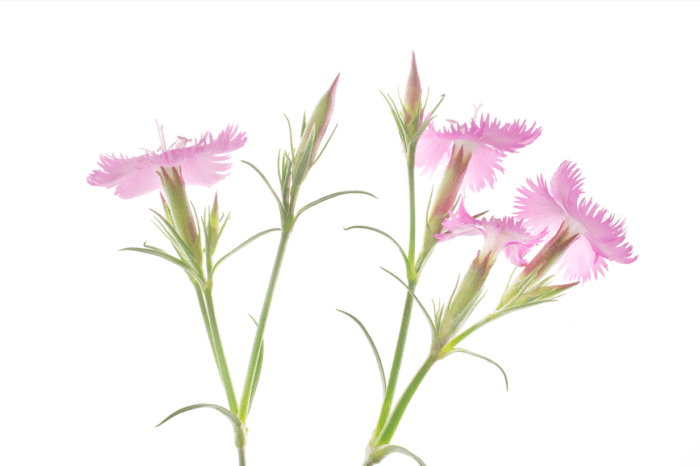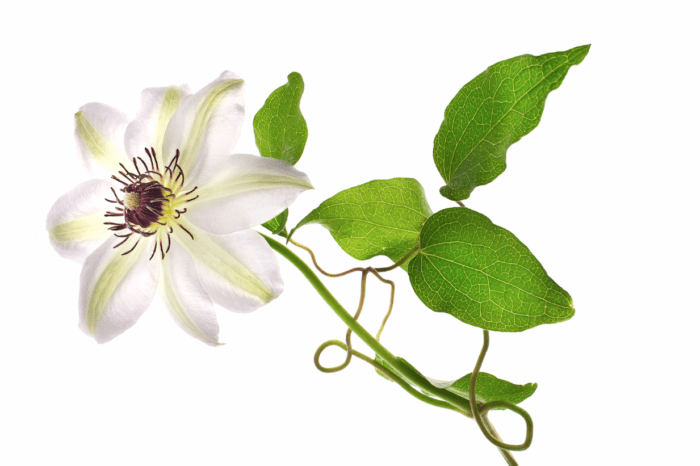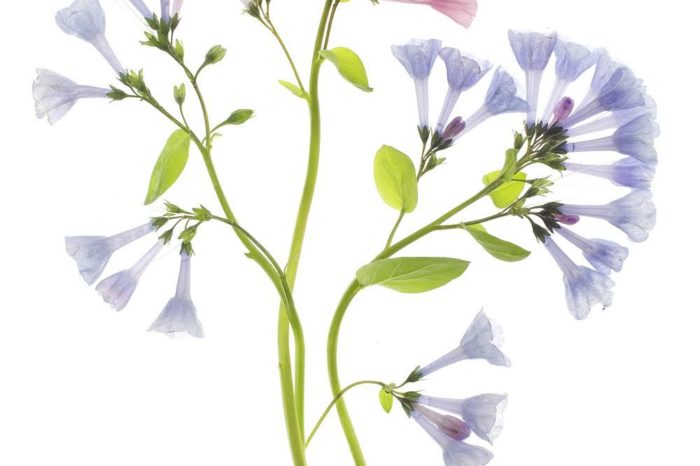Robert Llewellyn, knew from the very first time he started porting an old Nikon camera around his high school in southern Virginia that all he wanted to do was to take pictures. He left his engineering studies at the University of Virginia a little early and headed out to California to learn under famous photographer Imogen Cunningham in Eureka in 1968 for that very reason.
Now a prominent professional photographer, Bob has operated for most of four decades out of his “house-cum-studio” overlooking the Rivanna River in Earlysville, Virginia. Known as Balmullo Farm, it’s located just outside Charlottesville.
The newness he sees in everything has kept Bob saying “wow” often as a photographer. His entire body of work is infused with an enduring inquisitiveness accompanied by a childlike sense of wonder — which he’s brought to his recent photographic study of trees, flowers, and seeds.
Lives in Earlysville, VA
Education
1964-68
B.F.A. in Engineering Science and Studio Art, University of Virginia, Charlottesville, VA
1968
Studied photography with Imogen Cunningham, Eureka, CA
Selected Solo Exhibitions
2013
The Botanical Photographs of Robert Llewellyn, Greenville Museum of Art, Greenville, NC
Seeing Flowers, Page Bond Gallery, Richmond, VA
2012
Seeing Trees: Photographs by Robert Llewellyn, Lewis Ginter Botanical Garden, Richmond, VA
Natural Wonders, Page Bond Gallery, Richmond, VA
Selected Group Exhibitions
2012
The Cyclorama, The Boston Center for The Arts, Boston, MA
2011
Flora Photographica: A Study in Contrast, United States Botanic Garden, Washington, DC
A Christmas Art Exhibit, at the Home of James and Dolley Madison, Montpelier, VT
2008
Scenes of the Piedmont, Nichols Gallery Annex, Barboursville, VA
2007
MSAC 40th Anniversary Exhibit, MSAC/James Backas Gallery, Baltimore, MD
Protecting Trees to Protect Water Quality, travelling exhibit: Nelson County Library, Nelson, VA; Louisa County Administration Building, Louisa, VA; Fluvanna County Administration Building, Fluvanna, VA; and Lake Monticello Club House, Palmyra, VA
Selected Bibliography
2011
Seeing Trees, 180 photographs, Timber Press
2008
Remarkable Trees of Virginia, 176 photographs, Albemarle books
2006
Empires in the Forest, 115 photographs, Rivanna Foundation
2003
Albemarle, 103 photographs, Albemarle books
2001
Spirits in Stone, 144 photographs, Clarkson Potter Publishers
1996
The Academical Village, 56 photographs, Thomasson, Grant & Lickle
1991
Williamsburg/Jamestown/Yorktown, 117 photographs, Rizzoli International
Hollins, 61 photographs, Hollins College
Ithaca College, 59 photographs, Ithaca College
Reflections of Washington, DC, 216 photographs, Gallery Books
1990
The American University, 87 photographs, Fort Church Publishers
1989
Georgetown, 50 photographs, Georgetown University Press
Washington, 103 photographs, Howell Press
1988
The Cathedral of St. Peter & St. Paul, 85 photographs, Howell Press
Chicago, 109 photographs, Howell Press
1987
Pennsylvania, 107 photographs, Foremost Publishers
1986
MIT, 110 photographs, Fort Church Publishers
Philadelphia, 103 photographs, Foremost Publishers
1985
Virginia, 99 photographs, Thomasson and Howell
Penn, 110 photographs, Fort Church Publishers
1984
Boston, 105 photographs, Foremost Publishers
1983
Monticello, 81 photographs, Thomasson Grant
1981
Washington, The Capital, 89 photographs, Thomasson Grant
1979
Upland Virginia, 54 photographs, Upland Publishing
Silver Wings, 44 photographs, Casadega Group
I want to know, and have always wanted to know, how everything works. Even the ubiquitous objects directly in front of me, which often go unnoticed. This urge compels me to make intimate images of my immediate landscape. Fragments of my familiar world, which are not quite new to me, but can be shockingly unique when scrutinized. These entities, which we have named trees and flowers, when deeply contemplated can open up new worlds. They fill all of the space around us. To really see this flora I need to get extremely close. Once close enough to this life, I find that they are akin to a new civilization, living among us in silence. We know very little about plants, other than the inevitable fact that they are born, they die, and they live in communities like humans. Their mission, like ours, is to continue thriving on this Earth. And also similar to us, their life is complex, fascinating, and very very beautiful.
-
SUNSCREEN
July 13, 2017 — September 01, 2017
-
Nancy Murphy Spicer & Swelter
July 14, 2016 — September 02, 2016
-
View Find 4
January 23, 2015 — February 28, 2015
-
VIEWFIND 12
JANUARY 25—MARCH 15, 2024
